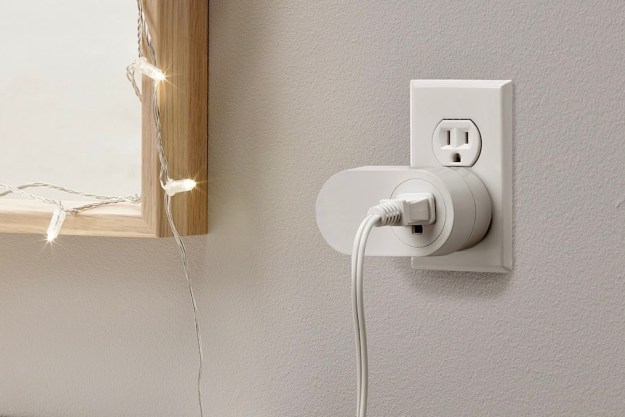An ambitious new research report from the Pew Internet & American Life Project attempts to construct a typology of American communication and information technology users: in other words, propose a classification system which breaks the entire gadget- and tech-using population into a series of groups based on their behaviors, attitudes, or other traits. The results in the 65-page report might be enough to make companies, marketers, and everyday folks re-think how Americans interact with modern technology…and whether they much enjoy it when they do. Although the study found some 85 percent of American adults use the Internet or cell phones, only about 8 percent deeply utilize modern information and communications tools and services.
"Some of the earliest adopters of the internet and cell phones still love the things that drew them into this new universe a decade or more ago and they have happily evolved in their use since then," said John B. Horrigan, Associate Director at the Pew Internet Project and the report’s author. But: "Two groups of technology users have a kind of ‘tech-gadget’ remorse. They have more than a fair share of digital appliances. But they aren’t all that satisfied with the flood of information or pervasive connectivity comes along with these communication goods and services."
The report broadly separates technology users into three categories: elite technology users, moderate technology users, and those with "few technology assets," who keep modern gadgetry and technology toward the periphery of their dau-to-day activity. Not much excitement in defining those broad groups: what’s surprising is the proportions of the population assigned to each group. According to the report, 31 percent of American adults are elite technology users, and 20 percent are moderate technology users. And a whopping 49 percent can be classified as having "few tech assets."
Within the "few tech assets" group, a full 15 percent of the adult U.S. population can be categorized as "off the network" entirely: that is, they use neither cell phones nor the Internet, and another 11 percent of the population doesn’t use mobile phones or have online access, but uses the technology intermittently—and often find it annoying. Another 15 percent have some modern technology, but it doesn’t play a role in their everyday lives and they’re basically satisfied with that, and another 8 percent use some modern tech, and might use it more as they get more experience.
Moderate tech users were broken evenly into only two subgroups: mobile centrics who basically live and die by their cell phones but aren’t big Internet users, and connected but hassled users who have embraced technology, but overall find it intrusive and burdensome. Each group comprises about 10 percent of the U.S. adult population.
The report splits the elite category nearly evenly between four sub-groups each representing 7 to 8 percent of adult U.S. Americans: omnivores,connectors,lackluster veterans, and productivity enhancers. Omnivores use a wealth of gadgets and services, and "voraciously" participate in cyberspace and Web 2.0 activities, and are the most likely to blog and run their own Web pages. Connectors use mobile devices and Internet technology to manage content and as a social and communications medium: they’re likely to be very satisfied with how the technology works for them. Lackluster veterans are heavy Internet users, but aren’t as keen on mobile phones and aren’t as likely to be excited about new means of connectivity, while productivity enhancers are very positive about how technology lets them do their jobs, learn new things, and keep up with other people.
The telephone-based study surveyed 4,001 U.S. adults, of which 2,822 were Internet users, between between February and April of 2006.
Editors' Recommendations
- Arlo Pro 3-pack of security cameras is down to $400 from $700
- Digital Trends’ Top Tech of CES 2024 Awards
- This is hands-down the best tech gift for tea and coffee drinkers
- Break out of a rut with these useful summer-focused smart home routines
- The best smart home tech for your dorm


